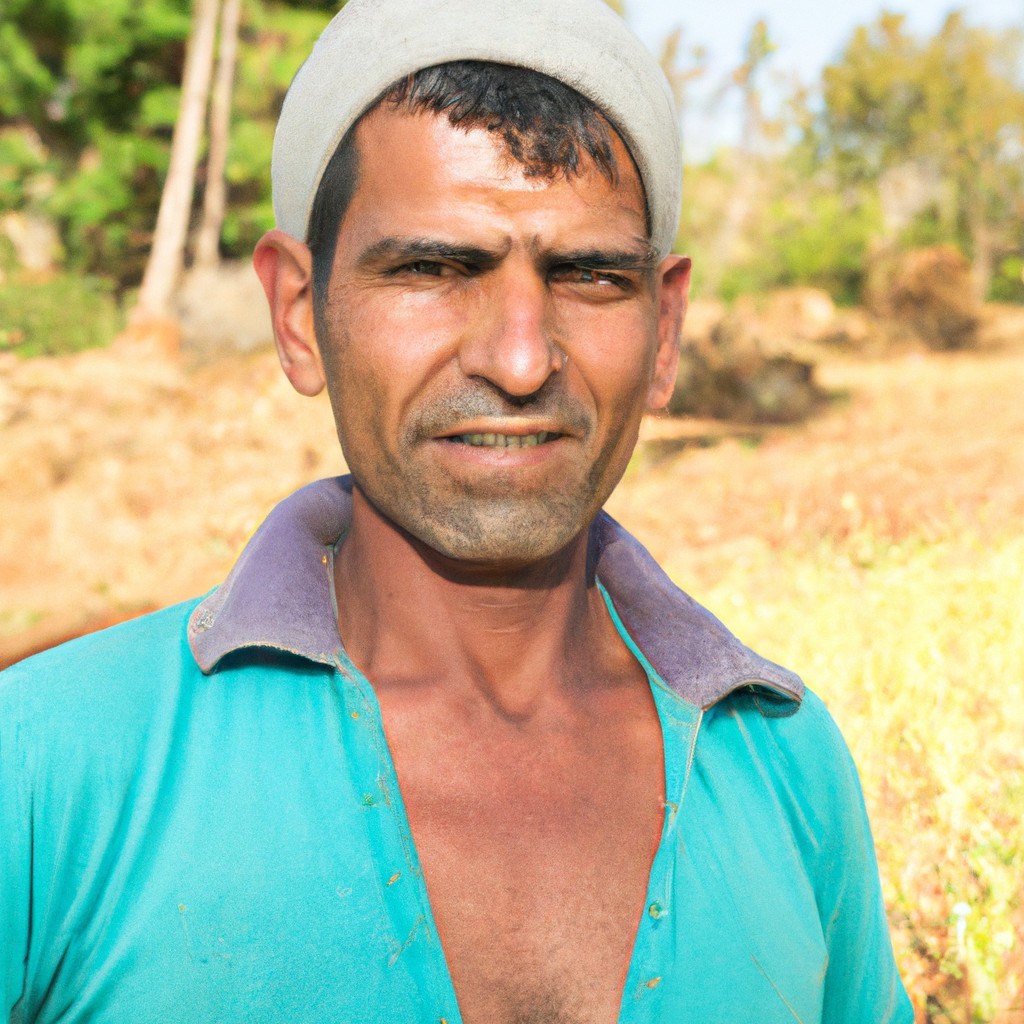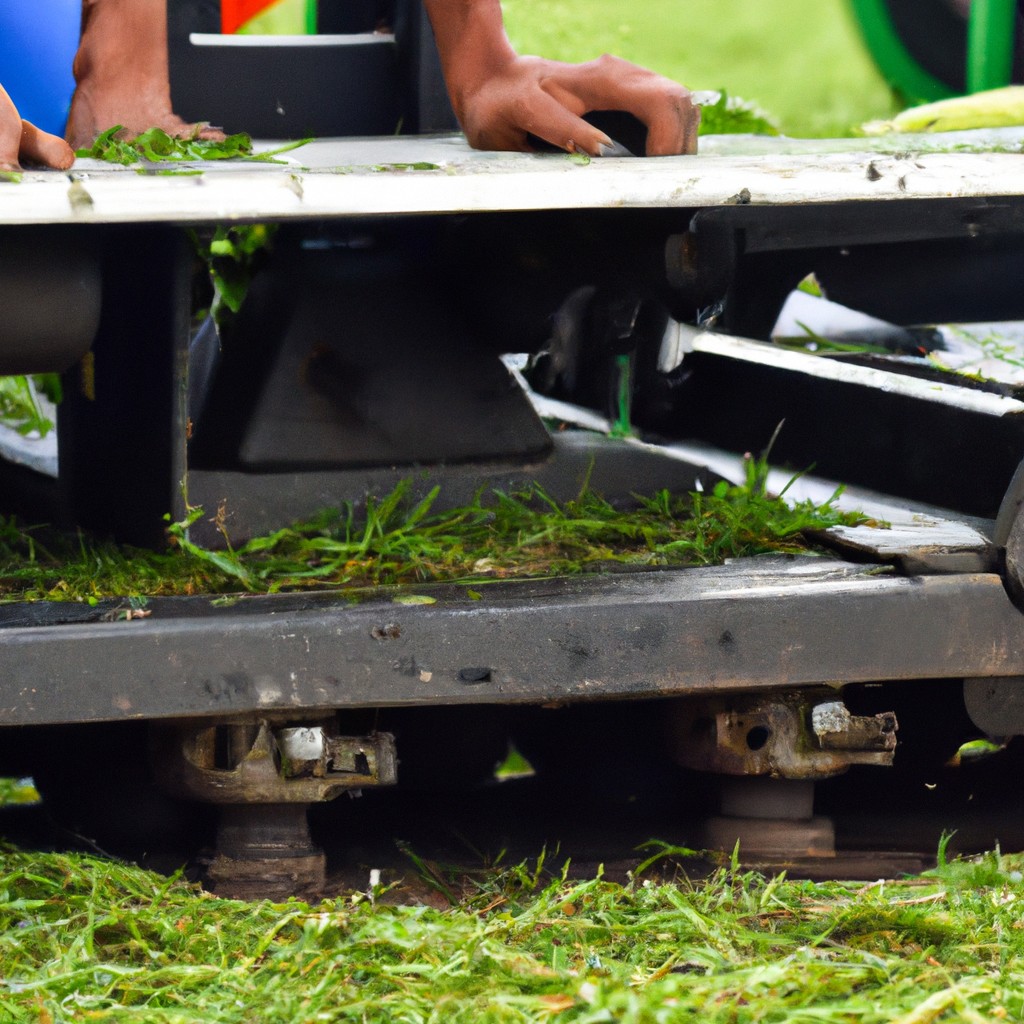Exploring the concept of regenerative farming, this article delves into understanding how much land is realistically required to implement this sustainable agricultural practice effectively.
The amount of land required for regenerative farming largely depends on the type of crops or livestock you intend to raise, as well as the quality of the soil. However, it’s generally accepted that a small-scale regenerative farm can operate effectively on as little as 5 acres of land.
This article delves into the specifics of land requirements for different farming practices and provides comprehensive details on how to maximize productivity in regenerative farming, regardless of the size of your plot.
So, whether you’re planning to raise cattle or cultivate heirloom tomatoes, you’ll find the information you need right here to make the most of your land.
Key takeaways:
- A small-scale regenerative farm can operate on as little as 5 acres.
- The size of your land substantially influences the equilibrium of regenerative farming.
- Different crops require different amounts of space, from 1/10th of an acre for root veggies to at least 1 acre for corn and wheat.
- Biodiversity is crucial for the health and productivity of a regenerative farm.
- Careful planning and management are essential for successful regenerative farming, regardless of land size.
Look Inside:
Understanding Regenerative Farming

Regenerative farming represents an ecological approach to agriculture that restores degraded soil, improves biodiversity, and enhances the farming ecosystem’s resilience.
At its core, it focuses on cultivating healthy soil, which is critical for retaining water, storing carbon, and improving crop productivity.
The technique employs practices such as crop rotation, diversity, composting, conservation tillage, and cover cropping, all aim at boosting soil health, reducing erosion, and mitigating climate change.
Size Matters: Land Area for Regenerative Agriculture
The scale of your farming operations plays a vital role in regenerative agriculture. It’s a method that aims to work in harmony with the natural ecosystem, and the size of the land substantially influences this equilibrium. A larger plot allows for greater biodiversity, thus enabling a healthier soil ecosystem crucial for this type of farming.
On small-scale farms of 5-20 acres, careful planning is necessary to implement regenerative practices such as seeding diverse cover crops, rotational grazing, and maintaining riparian buffers. Meanwhile, larger farms of hundreds to thousands of acres require efficient management strategies to optimize the health of the soil while preventing erosion and maintaining productivity.
However, the quality of the soil and the careful application of regenerative practices often supersede the size of the land. Even on a smaller plot, with deliberate planning and management, you can still reap significant benefits of regenerative farming.
Optimal Land Size for Various Crops
Each crop type thrives under different conditions and hence requires unique space specifications. For instance, root veggies like carrots and beets can be grown efficiently even on 1/10th of an acre. Salad greens, herbs, and other small plants are also suitable for this space range.
On the other hand, crops like corn and wheat require more room and soil nutrients, typically necessitating at least 1 acre for a meaningful yield. If considering tree crops or orchards, think in terms of acres rather than square feet due to their larger root systems and canopy spread.
Utilizing a permaculture design approach can assist in maximizing the yield from each layer of your farm, even on smaller plots. As a rule of thumb, ensure crop rotation to maintain soil health and yield consistency.
Importance of Biodiversity in Land Allocation
Regenerative farming emphasizes a holistic approach to land use, with a focus on maintaining and enhancing biodiversity. This is critical to the health of the ecosystem and greatly impacts the productivity of the farm.
A diverse ecosystem will have a variety of plants and animals, each contributing uniquely to the soil health and pest management. For instance, planting cover crops can enrich the soil and prevent erosion, while keeping a range of livestock can naturally manage pests and provide manure, a rich source of organic matter.
Different types of crops and livestock also help spread financial risk and ensure a productive harvest throughout the year. It’s essential to design your farm in a way that fosters biodiversity, rather than disrupts it. By doing so, you not only support your local ecosystem but also set your farm up to be sustainably productive in the long term.
Planning and Managing Land for Regenerative Farming
To ensure successful outcomes, careful planning is a cardinal step. This includes seasonal considerations, crop rotation plans, water supply, and animal management strategies – all tailored to land size. Divide the land into sections, dedicating specific areas for the primary crops, rotational crops, livestock, if any, and wild biodiversity zones. This optimizes land use and nurtures soil health.
For managing livestock, rotational grazing is effective on smaller plots of land. This involves moving animals in a defined sequence across the land, allowing for recovery and regeneration of vegetation in previously grazed areas. For crop-based systems, using a polyculture approach where multiple crops are grown together can increase yield and biodiversity even in restricted space.
Integrating a regenerative plan that fits the individual attributes of your land enhances agricultural efficiency, elevates soil fertility, and promises long-term sustainability.
Scaling Issues: Regenerative Farming On Small and Large Lands
In a larger land setting, achieving full production capacity might seem daunting due to the increased labor and capital involved. However, such spaces provide room for greater biodiversity, thus enhancing the ecological benefits of this form of farming. Good management adapted to local conditions can combat potential issues linked to larger scale farms.
On the other hand, small scale farms present their own unique challenges and opportunities. While limited space may restrict the variety of crops or livestock you can raise, creative planning can facilitate multi-layered farming systems. Using vertically integrated systems, succession planting, and high yield, small footprint crops can maximize production.
In both scenarios it is key to remember that intensive, mindful stewardship of the land is fundamental to successful regenerative agriculture, regardless of scale.
Success Stories: Farmers and Their Land Area
Highlighting practical applications of regenerative farming, a farmer from Vermont successfully transformed five desolate acres into a bio-diverse, organic haven in just a few years. The operation boasts a wide variety of vegetable crops, chickens, and bees, emphasizing rotational grazing and cover crops to rejuvenate the soil.
On a larger scale, a ranch in Alberta, Canada, maintains a thriving regenerative farming operation over 2000 acres, focusing on grass-fed beef using holistic land management principles. Despite the scale difference, this ranch’s approach aligns with the principle of bio-diversity, by rotating cattle herds to promote grass growth, sequester carbon, and ultimately support the soil’s long-term health.
These examples illustrate that whether large or small, an effectively managed and well-planned parcel of land can become a vital part of the regenerative agriculture revolution.
FAQ
Does regenerative farming require more land?
Regenerative farming, while highly beneficial in reducing greenhouse gas emissions, does necessitate 2.5 times more land compared to conventional agricultural methods.
How many acres do you need to have a sustainable farm?
To maintain a self-sufficient, sustainable farm, you typically need a minimum of 5-10 acres per person, taking into account factors such as land quality, rainfall, and the length of the growing season.
How profitable is regenerative agriculture?
Regenerative agriculture, due to factors such as decreased input costs and conducive end markets, has been found to be 78% more profitable when compared to conventional farming methods.
How much does a regenerative farm cost?
The cost of implementing regenerative farming practices is roughly US $355.05 per hectare, potentially yielding an annual net profit of approximately US $530.39 per hectare.
How does the size of the farm impact the effectiveness of regenerative agriculture methods?
The size of the farm can impact the effectiveness of regenerative agriculture methods, as smaller farms tend to see more immediate results from soil regeneration and biodiverse planting, whereas larger farms might require more time and resources for the same impact.
What role does land quality play in successful regenerative farming?
Land quality plays a critical role in regenerative farming as healthy, biodiverse soil forms the foundation for nutrient-rich crop growth and sustainable farming practices.
Can regenerative farming techniques be scaled up for larger agricultural operations?
Yes, regenerative farming techniques can be scaled up for larger agricultural operations, provided the right amount of innovation and support are in place.




